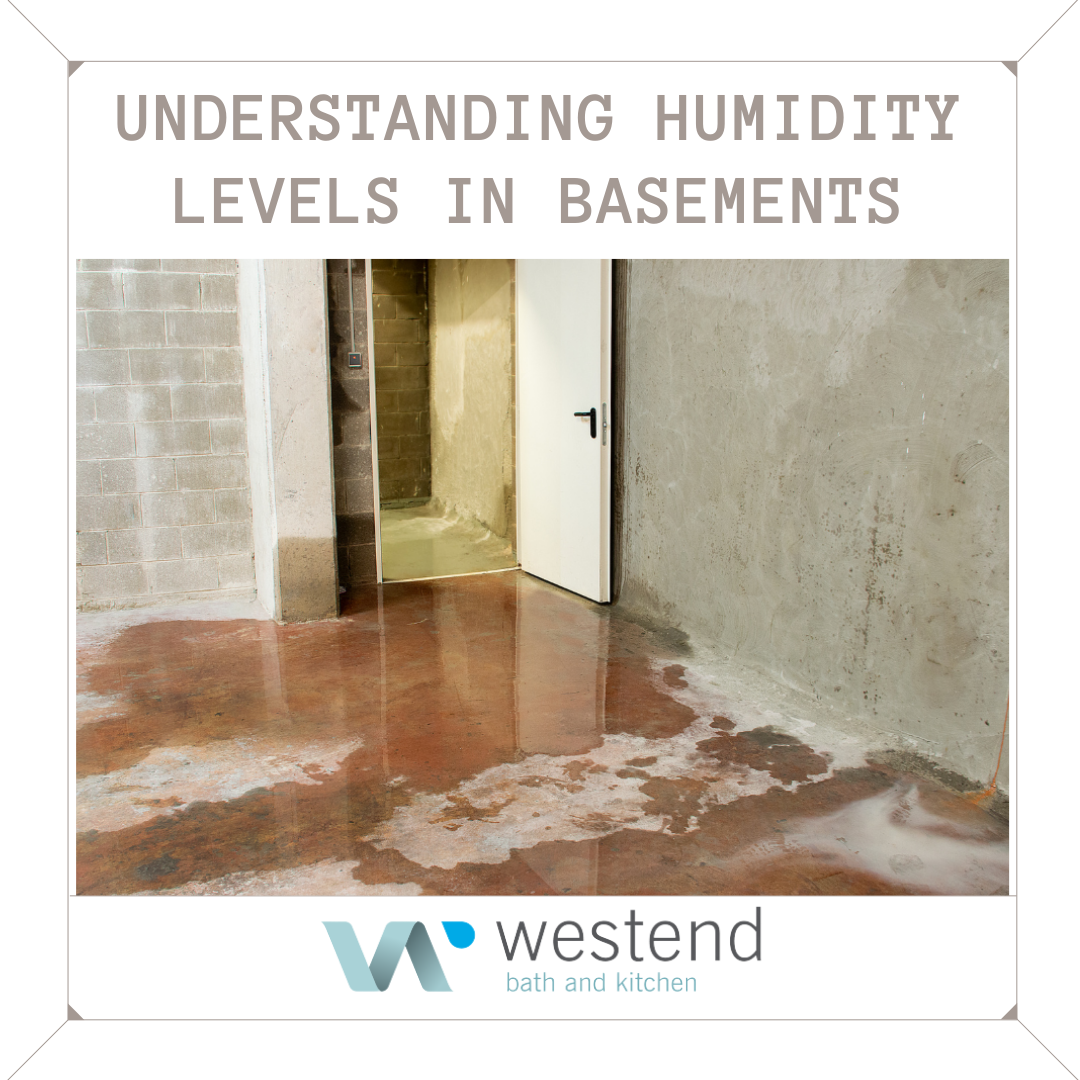Basements are often the forgotten and neglected spaces in our homes, but they play a crucial role in maintaining the overall health and structural integrity of the house. One common issue that plagues basements is excess humidity, which can lead to a variety of problems, including mold growth, musty odors, and even structural damage.
In this blog, we will explore five essential tips to help you manage and maintain appropriate humidity levels in your basement, ensuring a healthier and more comfortable living space.
5 Essential Tips to Explore Humidity Levels in Basements
The following essential tips will help you explore humidity levels in basements:
Tip #1: Identify the Source of Moisture
Before you can effectively combat high humidity levels in your basement, you need to identify the source of moisture. Common sources include leaky pipes, poor ventilation, groundwater seepage, and inadequate insulation. Inspect your basement thoroughly to locate any potential sources of moisture and address them accordingly. Fixing these issues at their source is the first step in humidity control.
Tip #2: Install a Dehumidifier
A dehumidifier is a powerful tool to reduce humidity levels in your basement. These devices operate by extracting moisture from the surrounding air and storing it in a designated reservoir. Choose a dehumidifier that is appropriately sized for your basement’s square footage and opt for one with a built-in hygrometer to monitor humidity levels. Running a dehumidifier consistently will help maintain a dry and comfortable basement environment.
Tip #3: Improve Ventilation
Proper ventilation is essential for reducing humidity in your basement. Ensure that your basement has adequate airflow by opening windows and installing exhaust fans. You can also consider a mechanical ventilation system, such as an air exchange unit, to ensure a constant flow of fresh, dry air. Good ventilation helps prevent moisture buildup and encourages the evaporation of any existing moisture.
Tip #4: Seal and Insulate
Sealing and insulating your basement can help prevent moisture from entering in the first place. Seal any cracks or gaps in the walls, floors, and foundation to keep out water and damp air. Additionally, insulate your basement properly to maintain a consistent temperature and prevent condensation. This step not only reduces humidity but also increases energy efficiency, saving you money on heating and cooling costs.
Tip #5: Maintain Proper Drainage
Proper drainage around your home is critical to prevent water from seeping into your basement. Ensure that your gutters and downspouts are clean and functioning correctly, directing rainwater away from your foundation. Consider installing a French drain or a sump pump if your basement is prone to flooding or excess groundwater. These systems can help divert water away from your basement, maintaining lower humidity levels.
In conclusion, understanding “What is a good humidity level for a basement” is fundamental to maintaining a healthy and comfortable living environment. By implementing the five tips mentioned above, you can effectively manage humidity levels in your basement. For further assistance in basement humidity control or any home improvement needs, consider reaching out to a trusted home renovation company in Ottawa. With their expertise, you can transform your basement into a dry, mold-free, and valuable space within your home. Regular maintenance and professional guidance are key to ensuring your basement remains a welcoming and functional part of your property.
